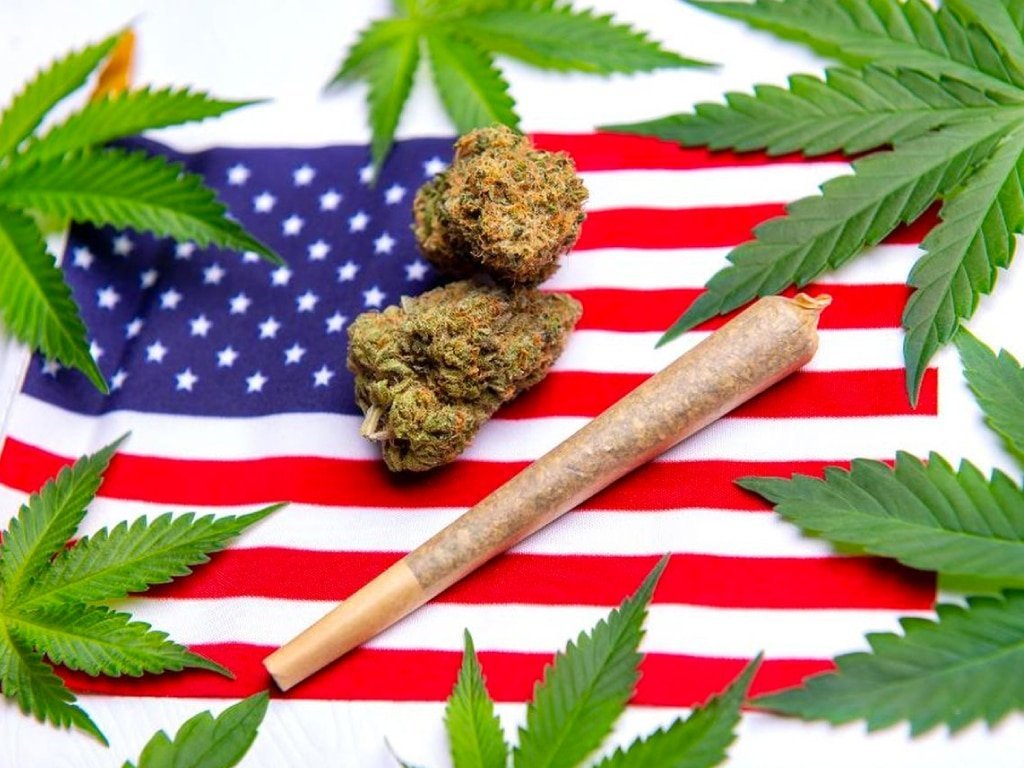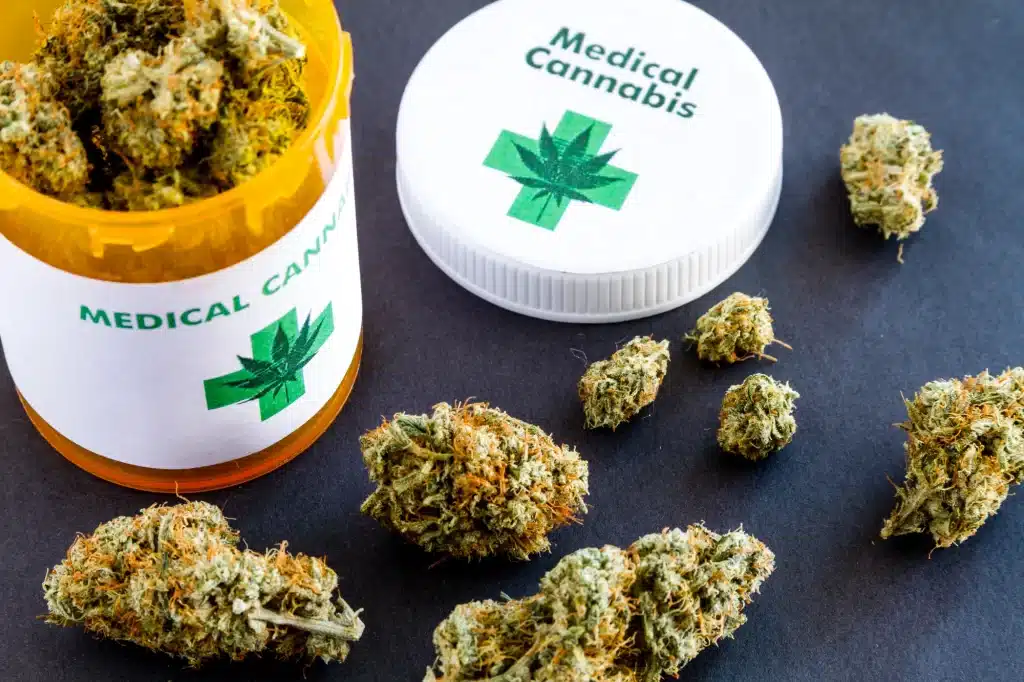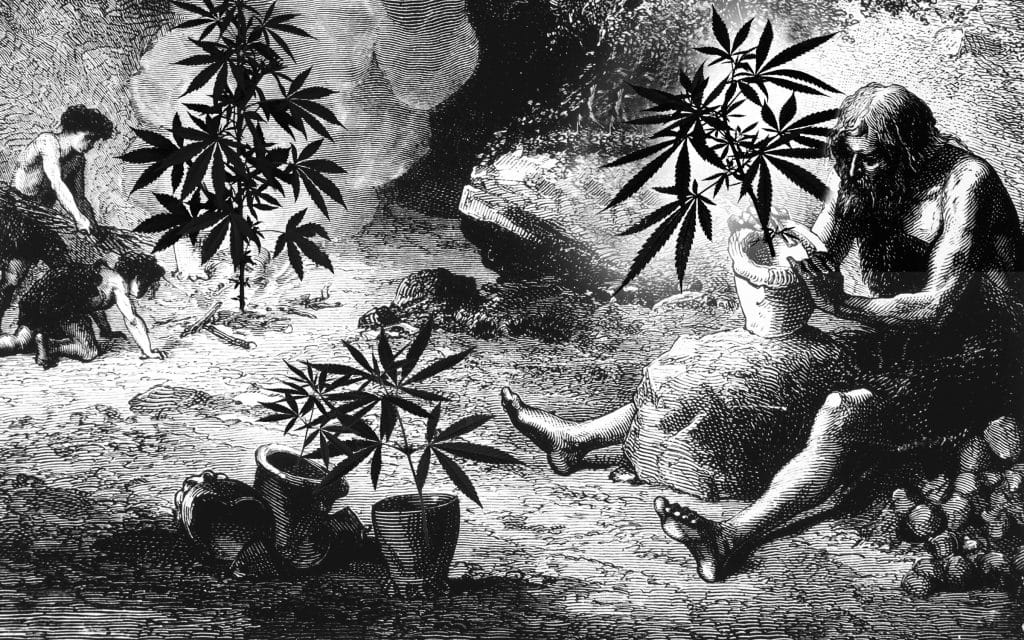Blog
Exploring the Rich History of Cannabis as a Medicinal and Recreational Herb
Cannabis has a long and fascinating history that spans thousands of years. It has been used for medicinal, religious, and recreational purposes in cultures all over the world. However, despite its rich history, cannabis remains a controversial topic. In this article, we will explore the history of cannabis, from its earliest recorded use to its current status as a widely used recreational drug.
Early Use of Cannabis
Cannabis has a long and fascinating history that spans thousands of years. The earliest known use of cannabis can be traced back to ancient China, where the plant was used for medicinal purposes. Ancient Chinese texts describe the use of cannabis as a treatment for a variety of ailments, including pain, inflammation, and digestive issues. The plant was also used for its psychoactive properties, with some Chinese physicians using it to induce a state of euphoria or relaxation in patients. As cannabis use spread throughout Asia and the Middle East, it became an important part of traditional medicine in these regions as well. In India, for example, cannabis was used as an anesthetic during surgery and was also used to treat a wide range of ailments, from migraines to epilepsy. Over time, cannabis use spread to other parts of the world, eventually becoming a popular recreational drug in the 20th century.
Cannabis in Religion
The use of cannabis in religious practices can be traced back centuries. In India, cannabis has been used as part of spiritual and religious ceremonies for thousands of years. The plant is often associated with the Hindu god Shiva and is used to aid in meditation and enhance spiritual experiences. Cannabis is also used in Sikh practices, where it is known as sukha and is used as a way to connect with the divine. Rastafarianism, which originated in Jamaica in the 1930s, considers cannabis to be a sacrament that brings a person closer to their spiritual self. Rastafarians believe that the plant is a gift from God and that it has healing properties for both the mind and body. In addition to its use in religious practices, cannabis has also been used for its medicinal properties in many cultures throughout history.
Cannabis in the Americas

The arrival of cannabis in the Americas marked a turning point in its history. Spanish colonizers first brought cannabis to the New World in the 16th century, primarily for hemp production. Hemp fibers were used to make paper, rope, and textiles, and the crop thrived in the fertile soil of the colonies. However, as the recreational use of cannabis began to spread throughout the Americas, so did its notoriety. By the early 20th century, cannabis had been outlawed in much of North and South America, leading to a period of prohibition and stigmatization. Despite this, cannabis continued to be used for medicinal purposes by some, and its cultural significance persisted. In recent years, a growing movement to legalize cannabis has gained momentum, with many arguing that its prohibition has been both unjust and ineffective. The history of cannabis in the Americas serves as a reminder of the complex and evolving relationship between this plant and human culture.
Cannabis in the 20th Century
The criminalization of cannabis in the 20th century can largely be attributed to political and economic motivations. The Marijuana Tax Act of 1937 was passed amid a growing sentiment that cannabis use was linked to criminal behavior and social deviance. This was largely due to the efforts of powerful lobbyists, such as the Dupont family, who saw cannabis as a threat to their profits in the paper and textile industries. As a result, cannabis was effectively banned in the US, and other countries soon followed suit. Despite this, cannabis use continued to be prevalent, particularly among counterculture movements in the 1960s and 70s. The era of “hippies” and anti-establishment sentiment was largely associated with cannabis use, and the drug became a symbol of rebellion against societal norms. Despite continued efforts to criminalize cannabis, it remained popular among certain groups, and the push for legalization began to gain traction in the latter part of the 20th century.
Medical Cannabis

The use of cannabis for medicinal purposes can be traced back to ancient times when it was used to treat a variety of ailments. In recent years, there has been a growing interest in the medical benefits of cannabis, leading to the legalization of medical cannabis in many countries around the world. Cannabis is effective in treating chronic pain, nausea, and anxiety, among other conditions. The active compounds in cannabis, particularly THC and CBD, interact with the body’s endocannabinoid system, which regulates various physiological processes such as pain perception, appetite, and mood. This interaction can provide relief for people suffering from chronic pain, nausea, and anxiety, as well as other conditions such as multiple sclerosis and epilepsy. Despite the growing acceptance of medical cannabis, there is still much research to be done to fully understand its potential benefits and risks.
Recreational Cannabis
The legalization of recreational cannabis has been a topic of much debate in recent years. While some argue that it can provide a safer alternative to alcohol and other drugs, others worry about the potential risks and long-term effects of cannabis use. In Canada, cannabis was legalized for recreational use in 2018, making it the second country in the world to do so after Uruguay. Several US states, including Colorado, California, and Washington, have also legalized cannabis for recreational use. However, there is still much debate over how best to regulate the drug, particularly concerning preventing use by young people. Critics argue that legalization may lead to increased use among young people and potentially harmful consequences, while proponents argue that regulation and education can help to mitigate these risks. As laws and attitudes continue to shift, it remains to be seen what the future of recreational cannabis will look like.
The Future of Cannabis
The future of cannabis is a topic of great interest and debate. While many countries and states have already legalized cannabis in some form, there are still many places where it remains illegal. However, as more research is conducted on the plant and its various compounds, it’s becoming increasingly clear that cannabis has many potential uses beyond simply getting high. For example, some researchers are exploring the use of CBD (cannabidiol), a non-psychoactive compound found in cannabis, for its potential therapeutic benefits. Others are investigating the potential use of cannabis to treat conditions like chronic pain, anxiety, and epilepsy. As the legalization debate continues to unfold, it’s likely that we will see more research into the potential uses and benefits of cannabis, and that this plant will continue to play an important role in medicine and culture for years to come.
Exploring the Rich History and Modern Applications of the Plant
From ancient medicinal herbs to modern recreational drugs, cannabis has played a significant role in human history. Despite the controversy surrounding its use, it remains a plant with many potential benefits, both for medicinal purposes and as a source of recreation. Whether you are a proponent or a critic, there is no denying the profound impact that cannabis has had on the world.


